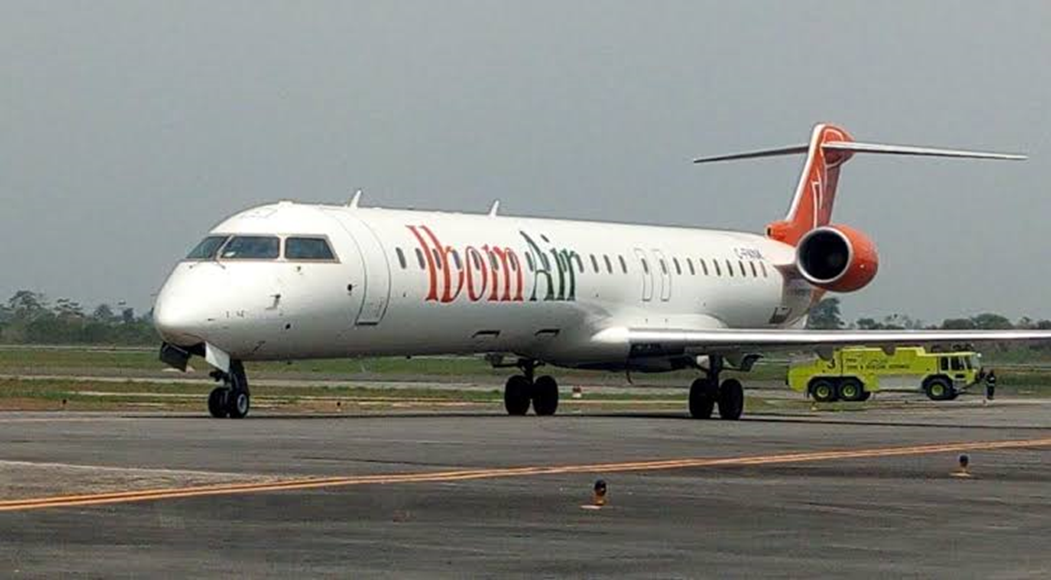“Reduced jet and kerosene deliveries will impact total oil demand until at least 2022 … the aviation industry is facing an existential crisis”, the Paris-based International Energy Agency (IEA) has said.

Oil demand is recovering from the greatest fall in its history in 2020, but less flying due to coronavirus fears means the world will not return to pre-pandemic demand levels before 2022.
“Our first forecast for 2021 as a whole shows demand growing by 5.7 million barrels per day (bpd), which, at 97.4 million bpd, will be 2.4 million bpd below the 2019 level,” the IEA said in its monthly report.
The IEA said air travel began to rise slightly in the middle of May and accelerated in June as economic lockdowns aimed at containing the virus were eased, but was still down by over 70% from 2019 levels.
The IEA raised its forecast for 2020 oil demand by nearly 500,000 bpd due to stronger than expected imports in Asia.
“China’s strong exit from lockdown measures has seen demand in April almost back to year-ago levels. We have also seen a strong rebound in India in May, although demand is still well below year-ago levels.”
Citing a plunge in global oil supply by 11.8 million bpd in May, the IEA said the Organization of the Petroleum Exporting Countries and its allies including Russia – a grouping known as OPEC+ – had reduced their output by 9.4 million bpd.
Output from countries outside the deal was down 4.5 million bpd since the start of this year, the IEA added, noting that U.S. output was set to fall 900,000 bpd in 2020 and another 300,000 barrels next year unless oil price rises encourage new shale oil investments.
“If recent trends in production are maintained and demand does recover, the market will be on a more stable footing by the end of the second half, the IEA said.
“However we should not underestimate the enormous uncertainties.”












